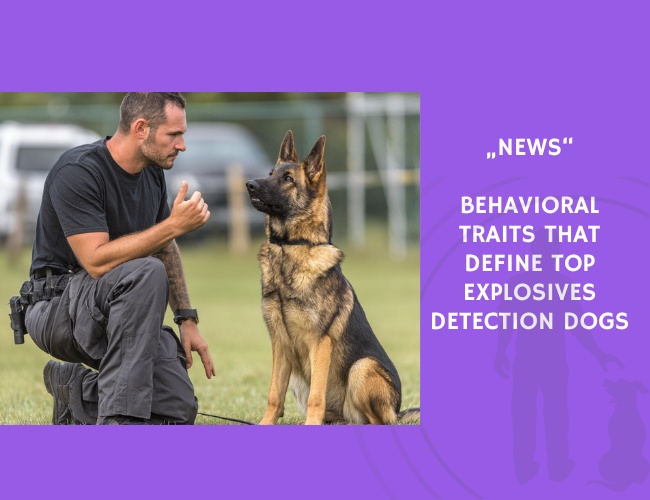As global threats evolve and the demand for reliable explosives detection dogs rises, understanding the behavioral profiles that best suit these tasks has become increasingly critical. In a comprehensive review published in Frontiers in Veterinary Science, researchers led by Lucia Lazarowski examine the distinct behavioral characteristics necessary for dogs working in explosive detection compared to other service roles.
While dogs used for assistance or guide work must often be calm and highly responsive to human cues, explosives detection dogs are selected for traits like strong independent problem-solving, high motivation, persistence, and intense focus. These dogs must reliably locate target scents under highly variable and distracting operational environments without requiring constant handler guidance.
The review outlines that many dogs fail to qualify for explosives detection due to the stringent behavioral demands—traits that are not commonly found even among otherwise capable working dogs. To address this, researchers surveyed current assessment and selection methodologies, recommending increased use of standardized, data-driven tools to better identify dogs with the right behavioral profiles early in the training process.
Furthermore, the paper stresses that explosives detection roles are not interchangeable with other detection work, such as narcotics or cadaver detection. While overlapping in some skills, each role demands unique sensory thresholds, cognitive profiles, and motivational drivers, making precise selection and role-specific training essential for success.
As the global need for canine detection services grows, especially in military and law enforcement contexts, the study calls for improvements in breeding, selection, and training programs. Enhanced scientific insight into canine behavior will be key to meeting the demand for specialized detection capabilities in the future.
Source: Lucia Lazarowski, L. P. Waggoner, S. Krichbaum, M. Singletary, P. S. Haney, B. Rogers, and C. Angle. 2020-09-02. “Selecting Dogs for Explosives Detection: Behavioral Characteristics.” Frontiers in Veterinary Science, Volume 7.










